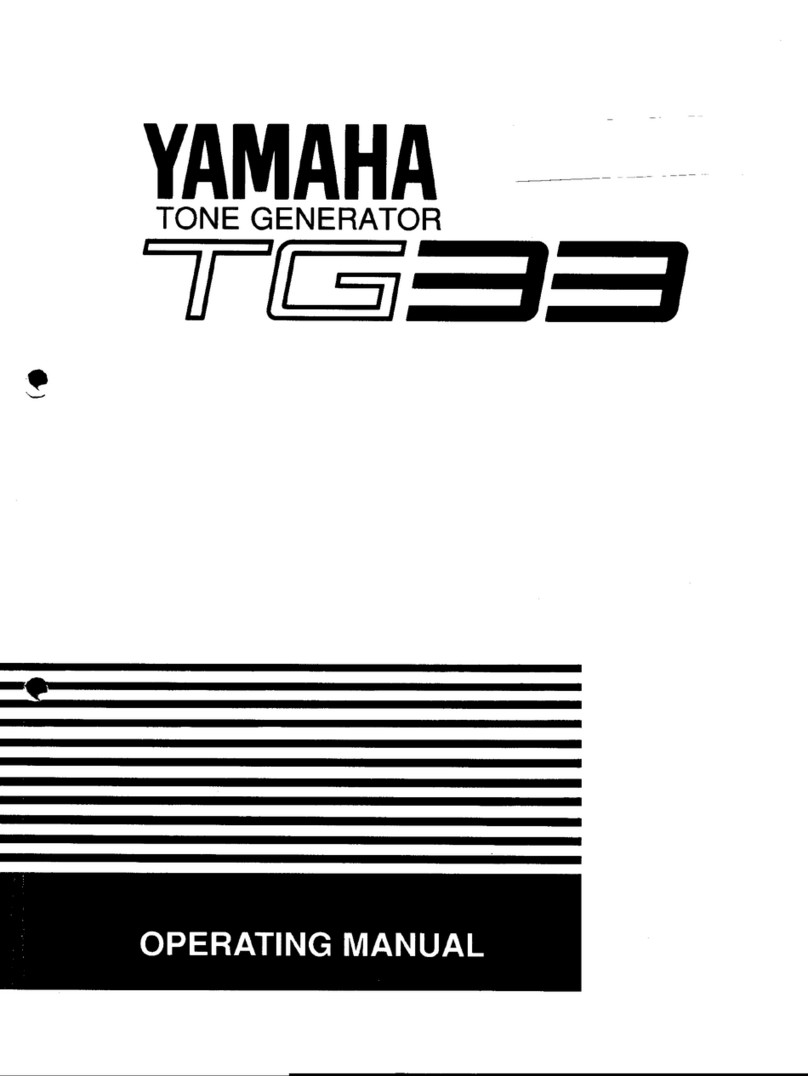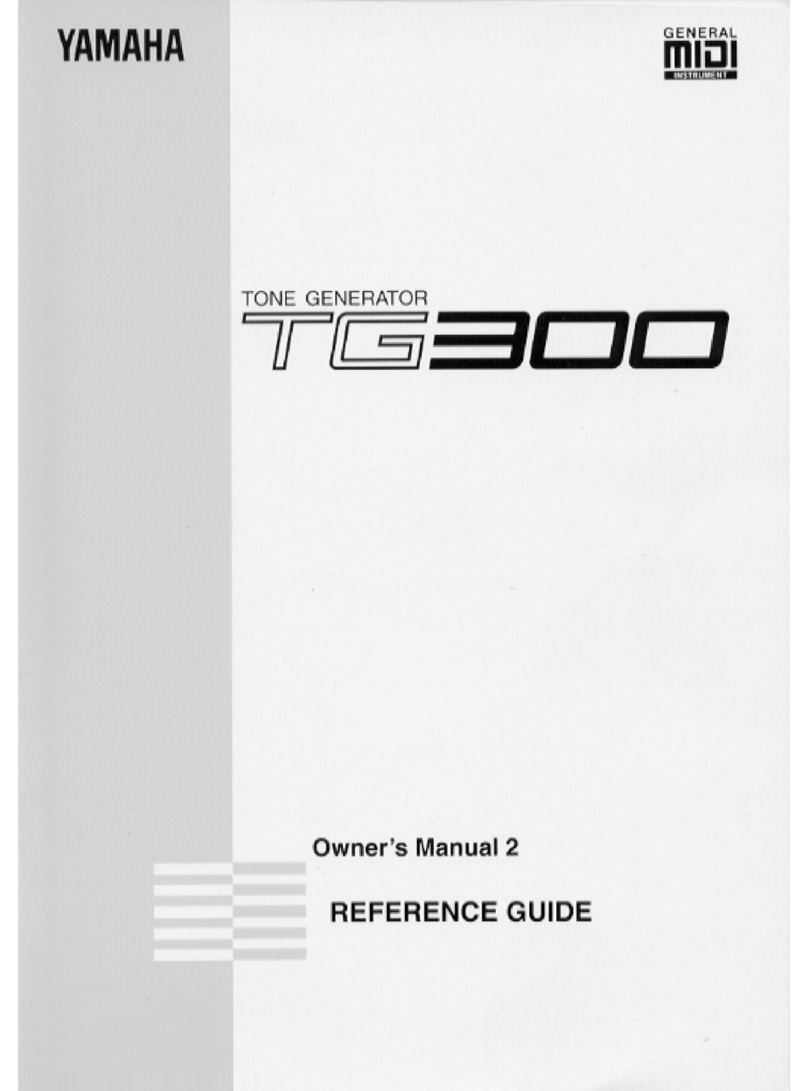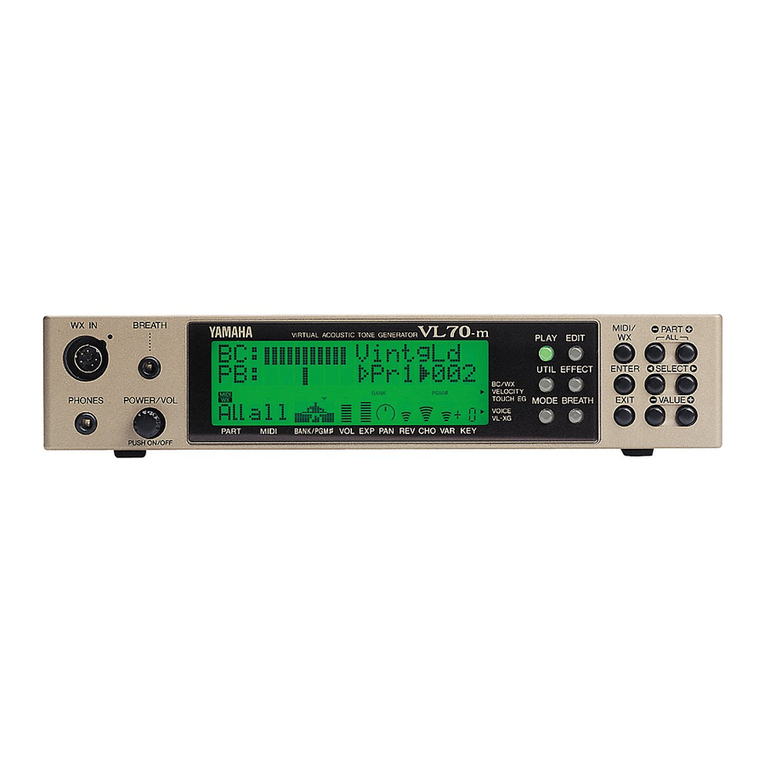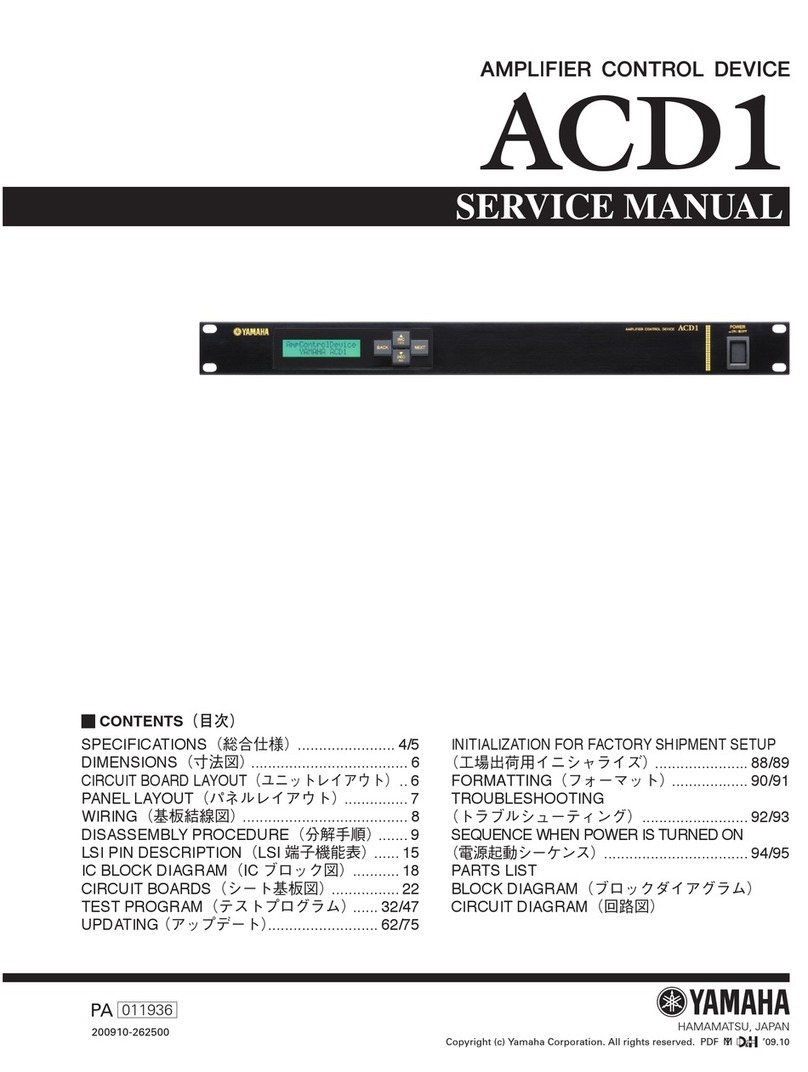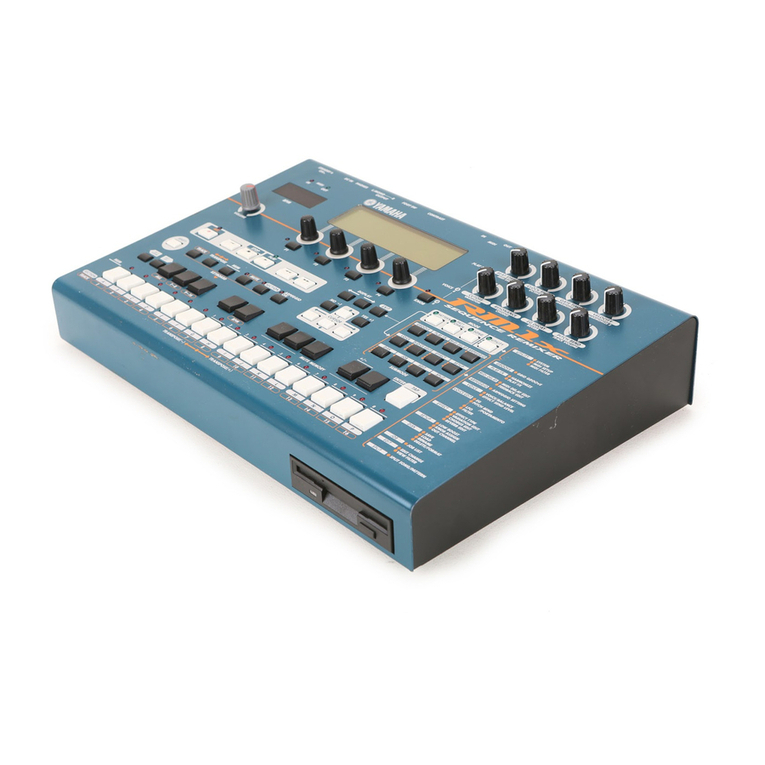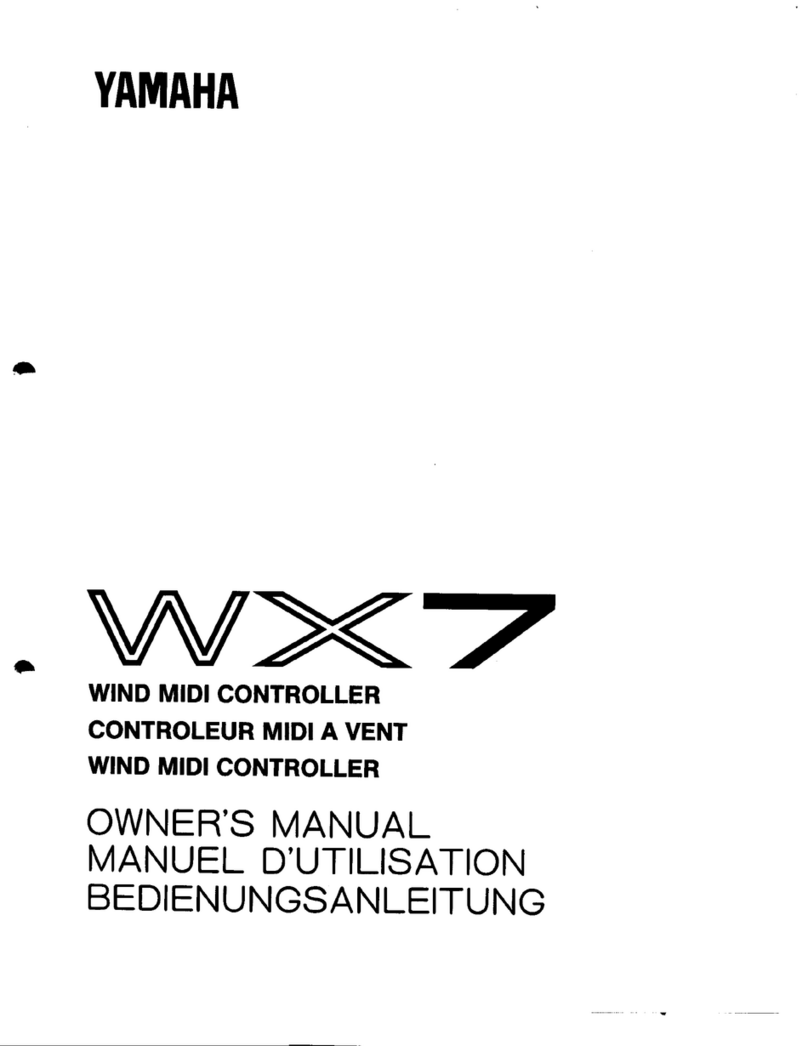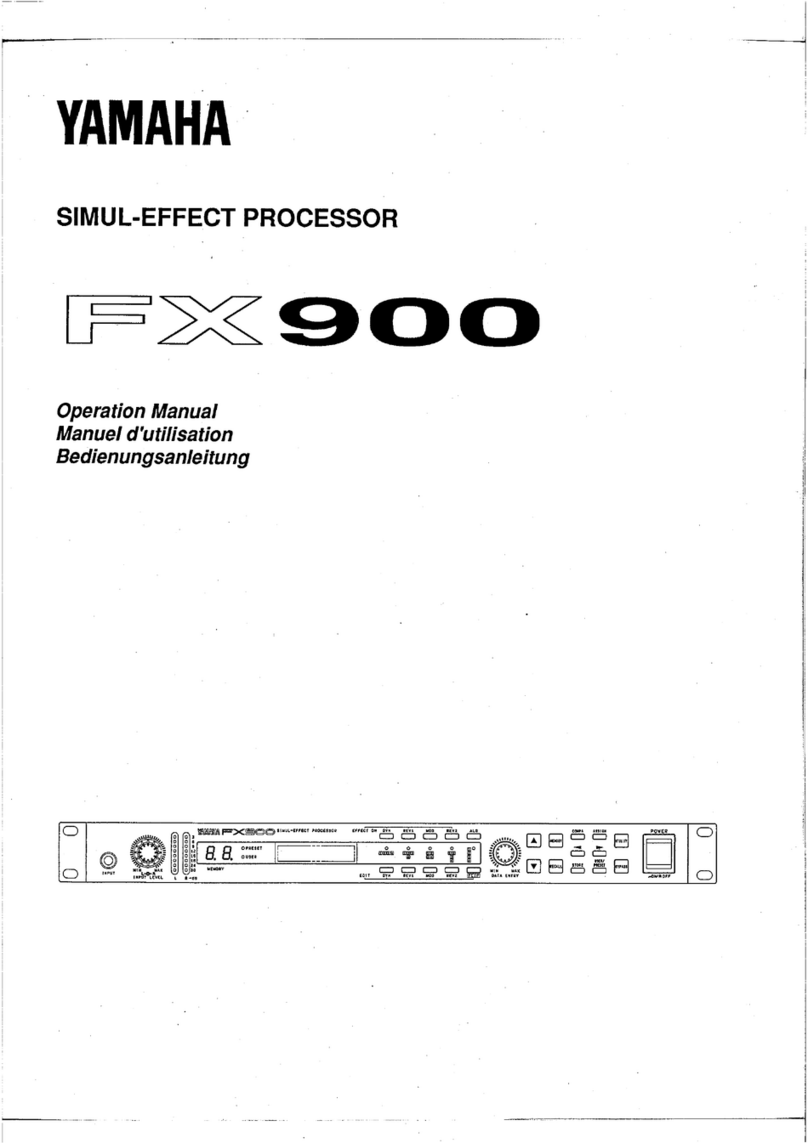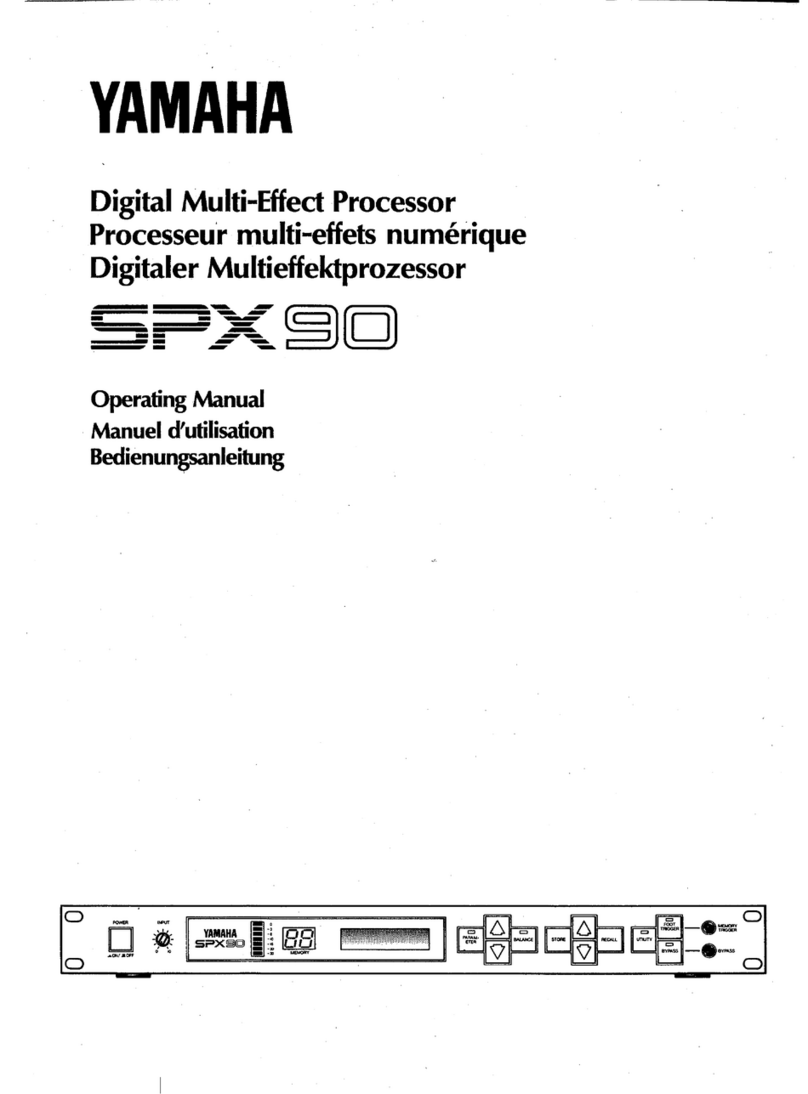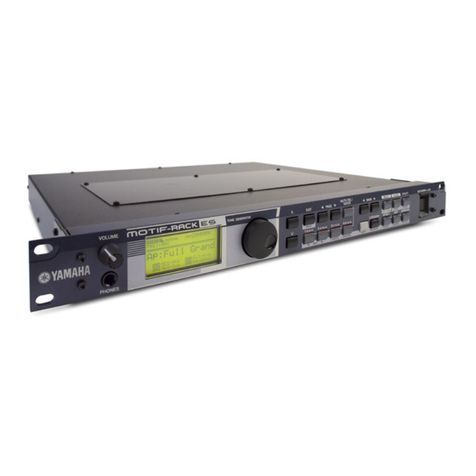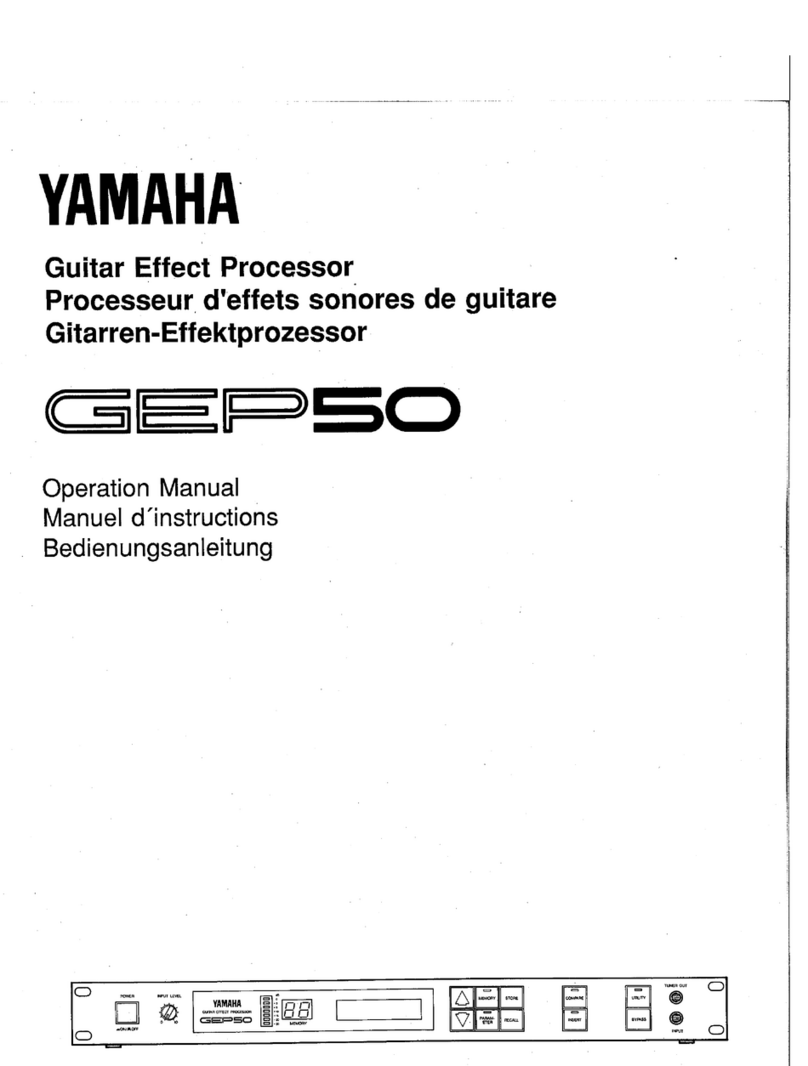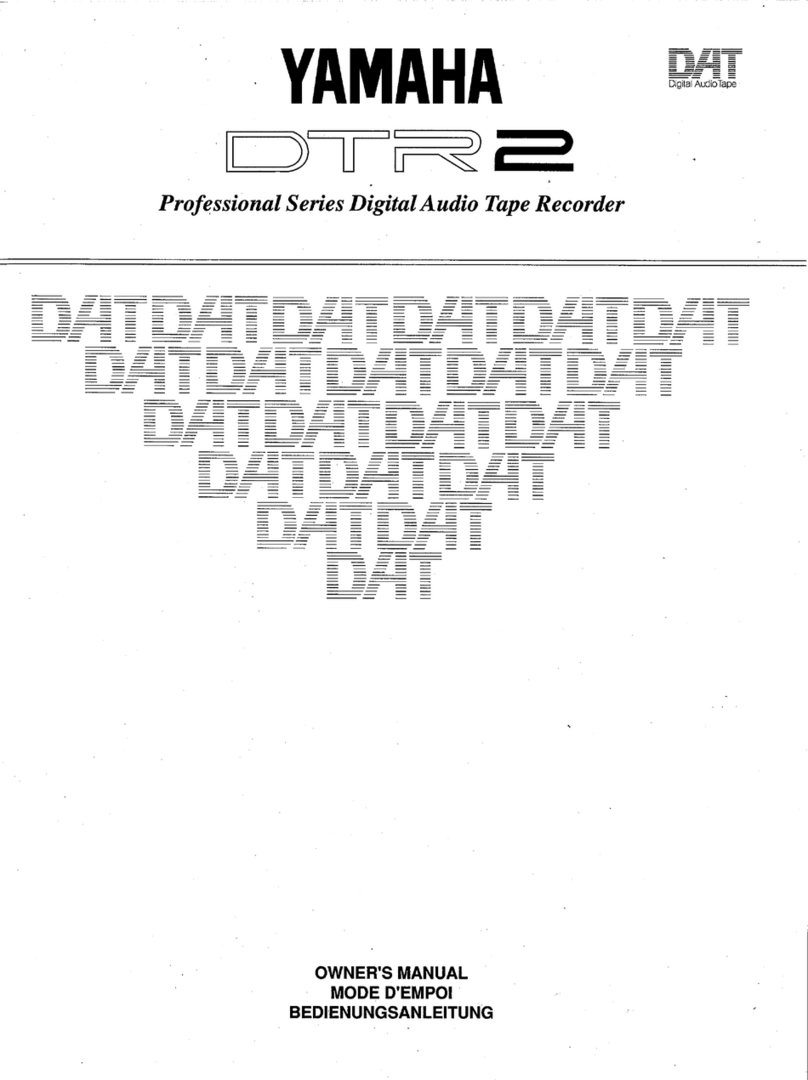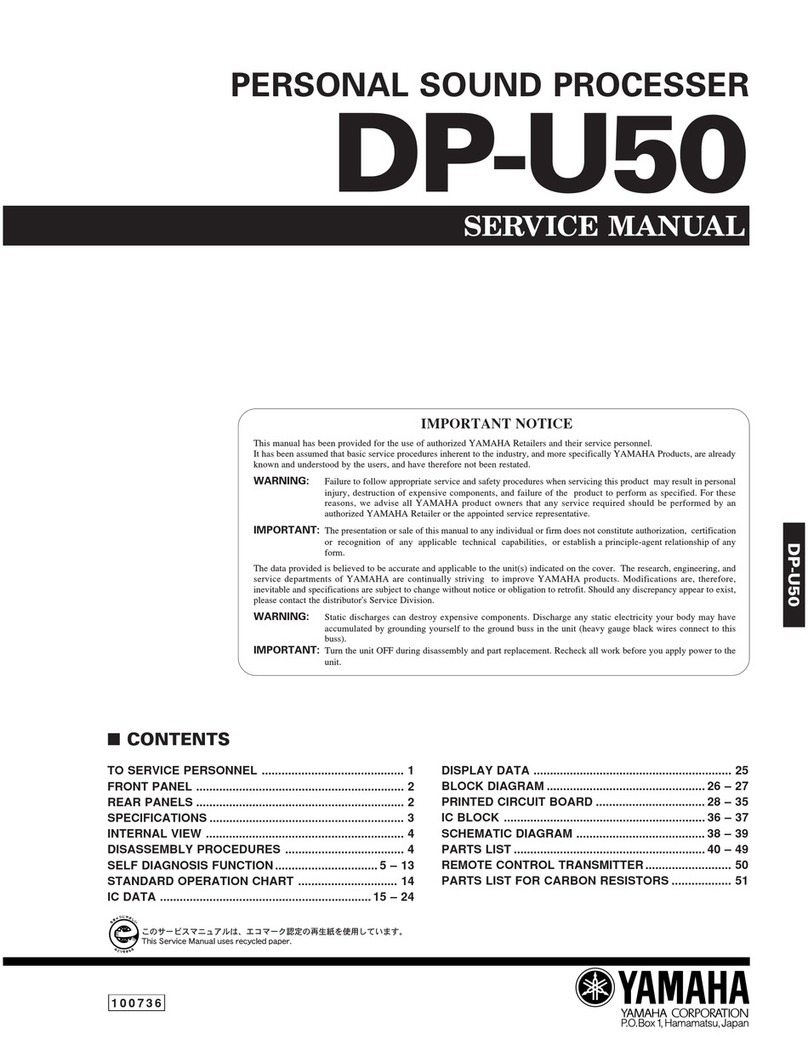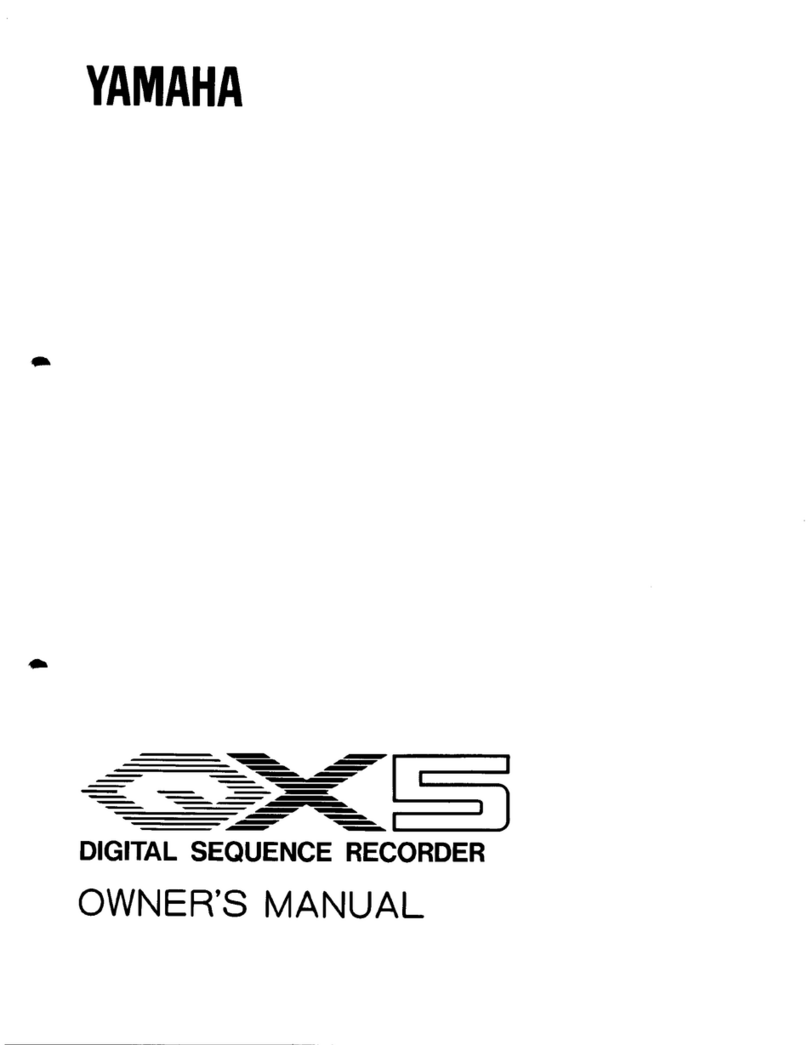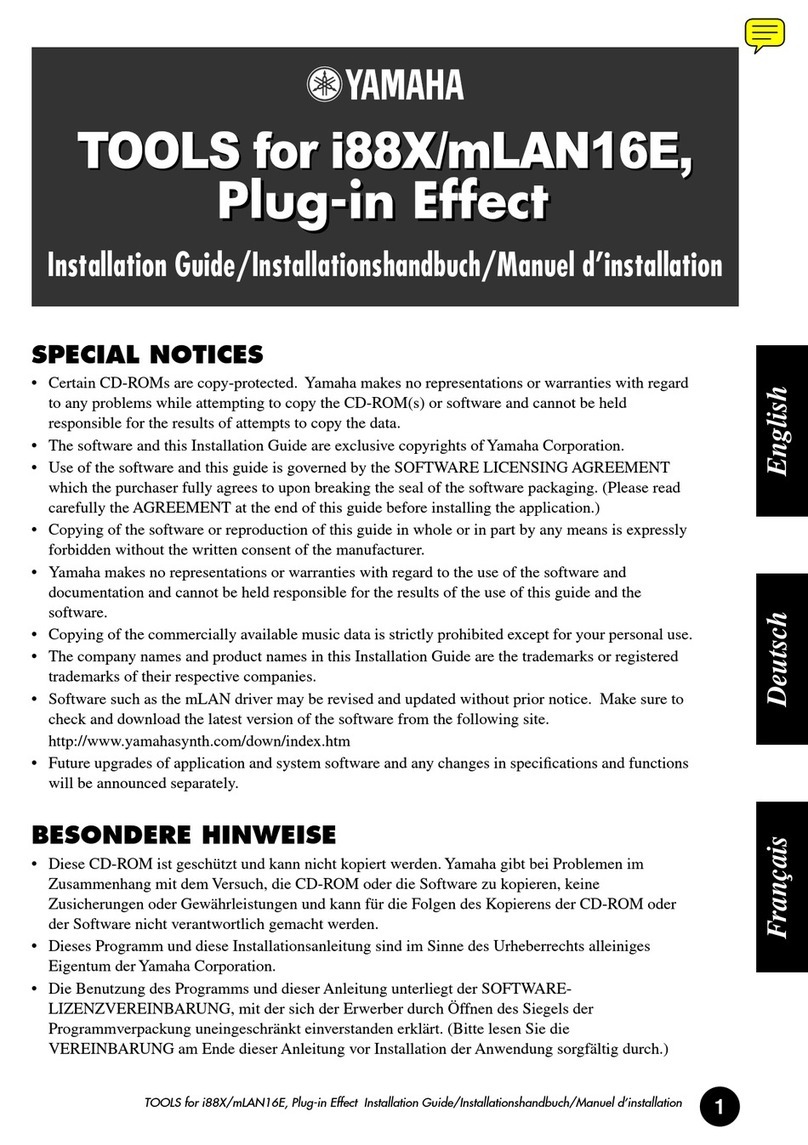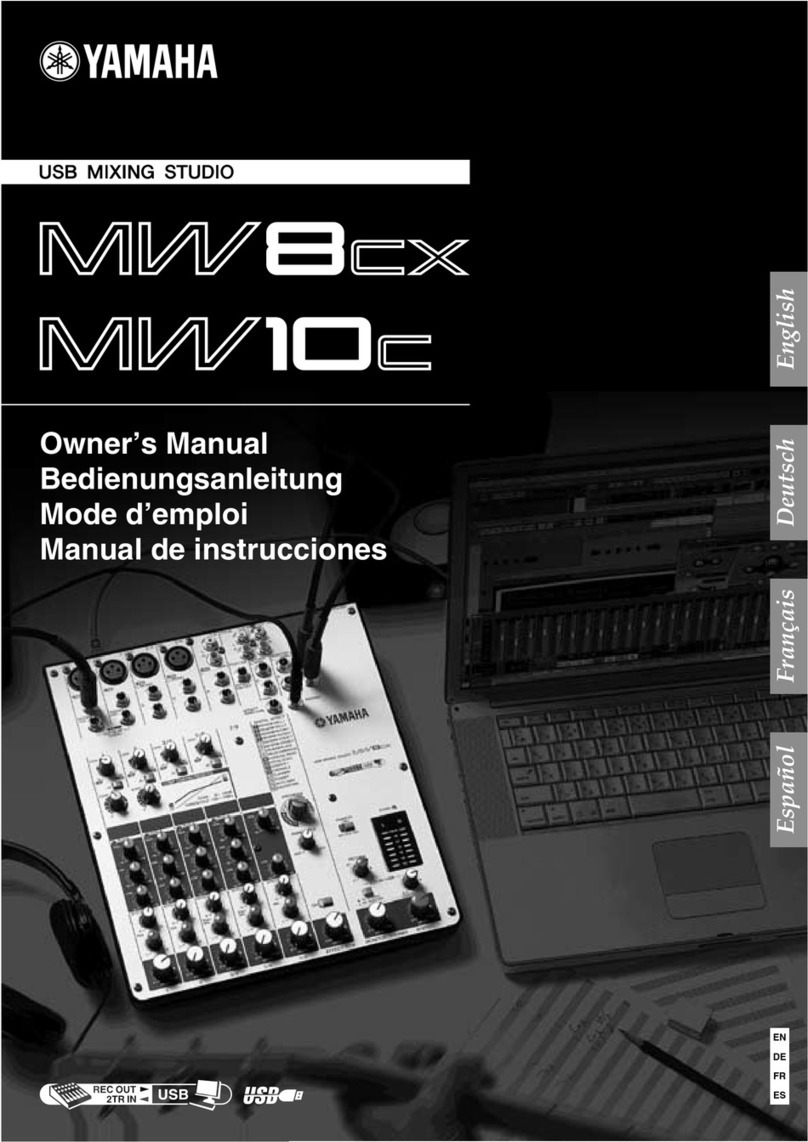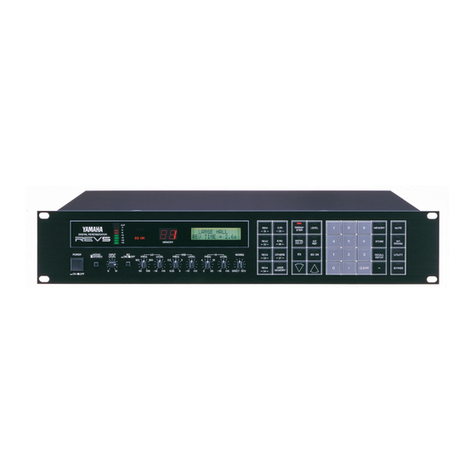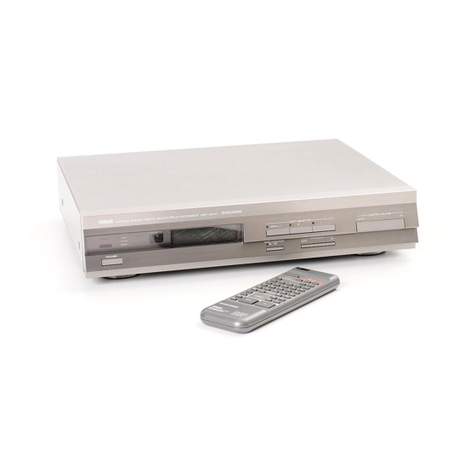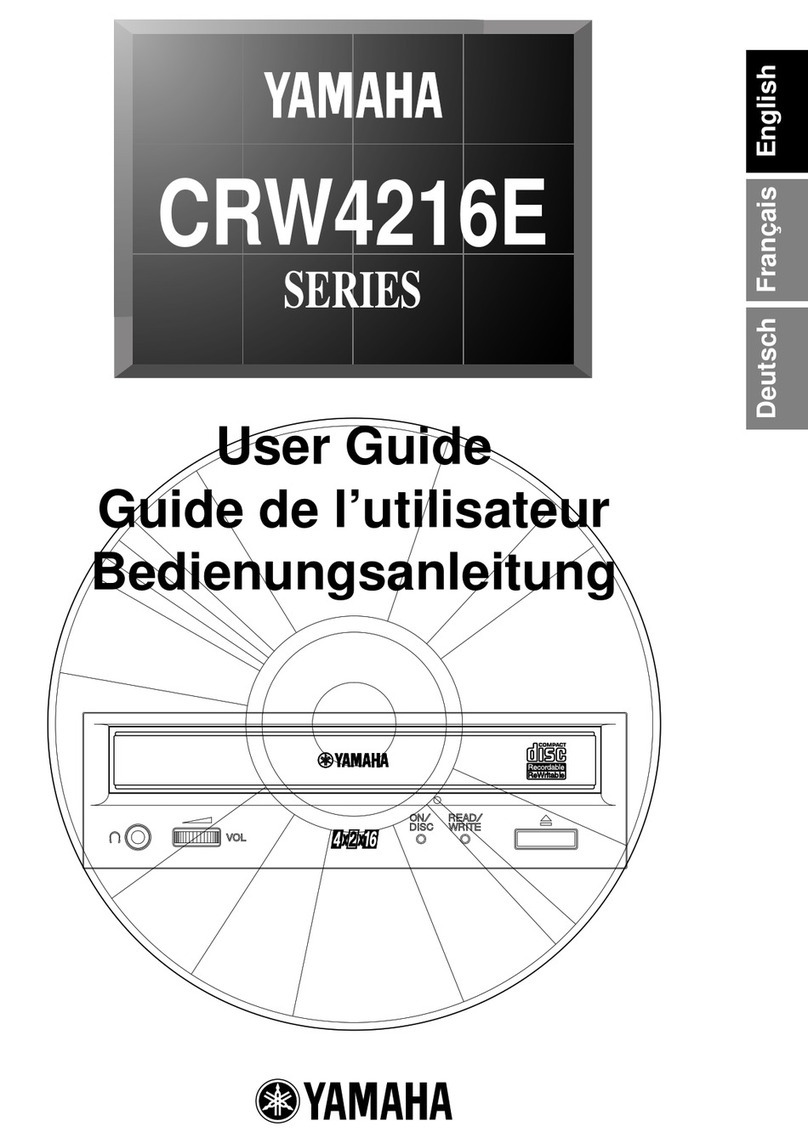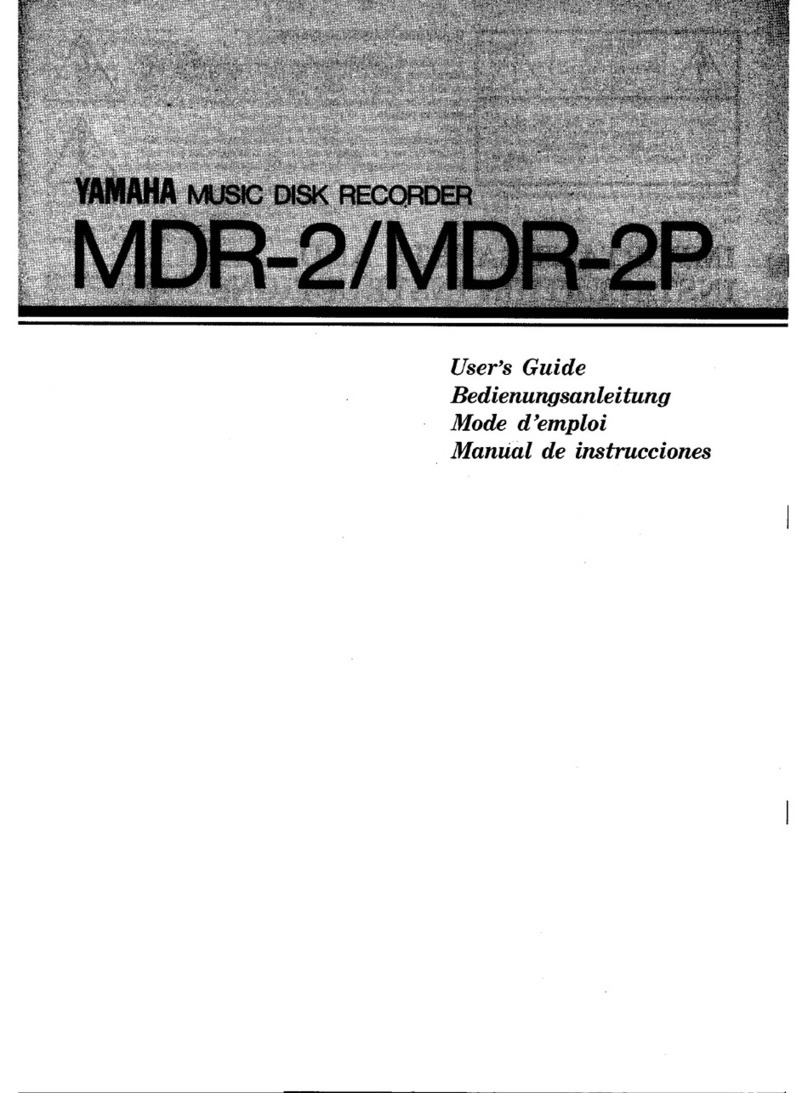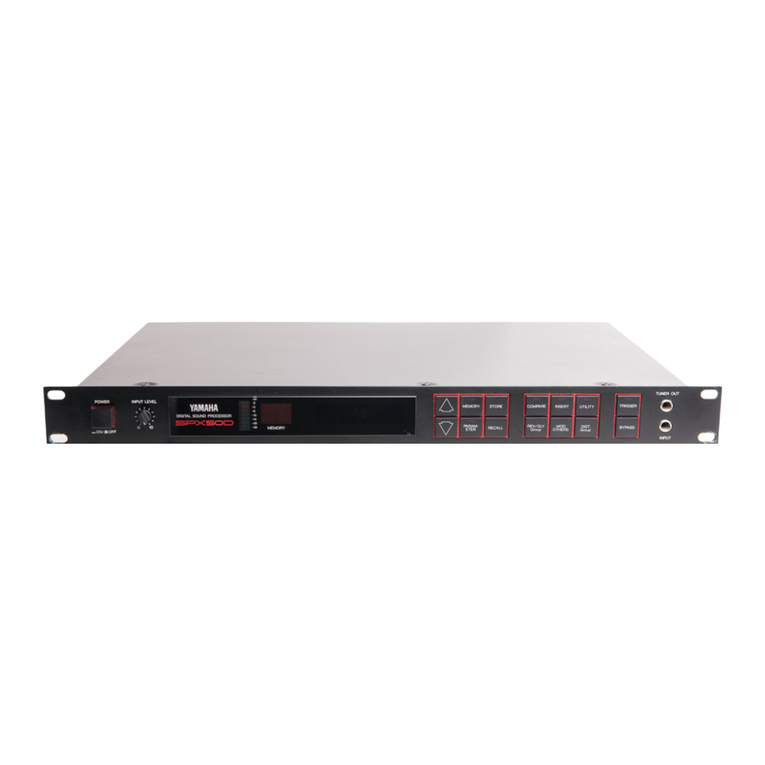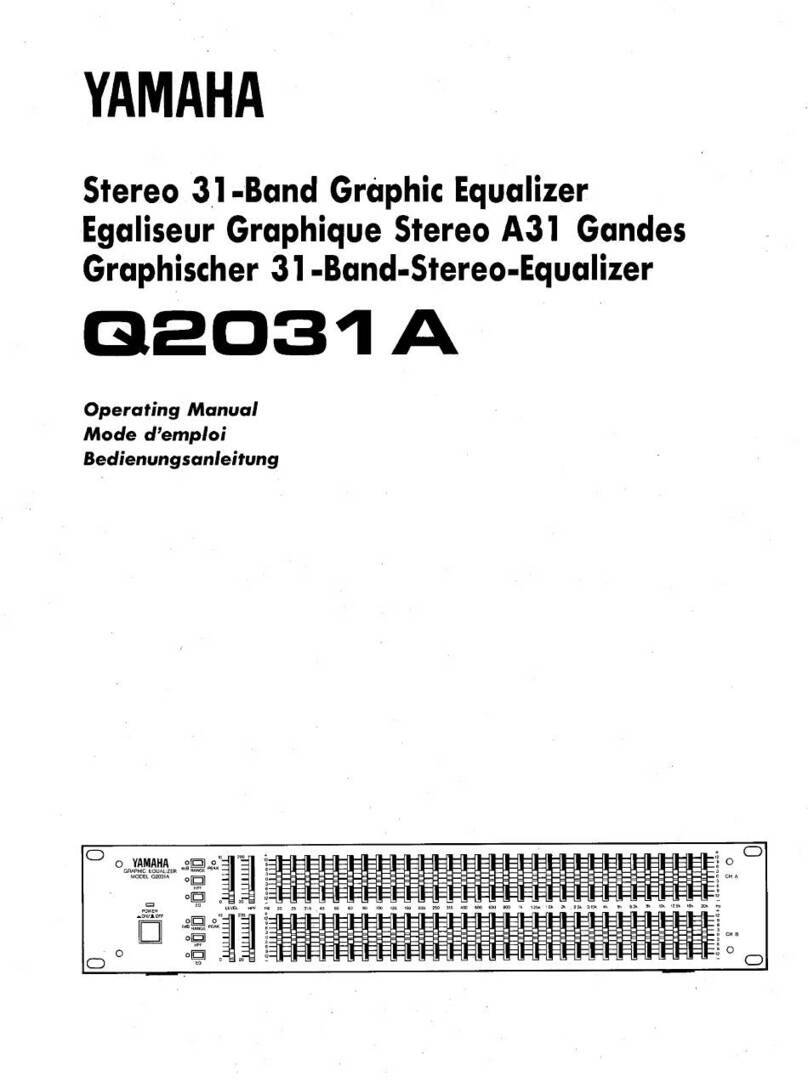PRODUCTION PARTNER 09/2015 |7
Distortion levels and their significance
The distortion levels of the TF1 were measured between the
analog input and analog output. The measuring conditions cor-
respond to realistic operating situations but there is one slight
disadvantage: It’s kind of hard to distinguish whether distor-
tions are caused at the in- or output. Measured were THD val-
ues, the distortion spectrum and the transient intermodulation
distortion, each for preamp gain levels of +60dB and 0 dB.
Measurements of the extreme preamp gains (–6 dB and
+66 dB) were not taken because these settings do not reflect
normal operating conditions and are only required for very
special cases. The curves in figures 8 and 9 demonstrate the
proportional signal distortion (y-axis) as a function of input level
(x-axis). Both curves show the THD (red), the sum of all har-
monic distortions and the THD+N (blue), i.e. all signal shares
not deriving from the signal source including noise.
When you measure at low test signal levels, the share of noise
and distortion will, necessarily, be high. When you increase
the test signal levels, THD and THD+N will decrease more and
more up to the point, where the clipping threshold is reached.
The minimum of the curve is mostly close to or directly at the
clipping threshold. In figure 8, the clipping threshold for 0 dB
gain is reached at +25 dBu, a point with very low distortion
values of –90 dB (= 0.003 %). The distortion minimum is
reached at a marginally lower level of 10 dBu and also really
great –110 dB (= 0.0003 %). Reaching these good values is a
bit more dicult when the preamp is confronted with higher
gain settings, here + 60 dB. Still, the figures are, nevertheless,
quite good compared to measuring at 0 dB. You’ll find the cor-
responding curves in figure 9.
In addition to the absolute distortion values their spectral struc-
ture is quite interesting. The desired harmonic distortion spec-
trum should, of course, have low distortion values but also the
lowest possible number of uneven (k3, k5, …) distortion shares
descending as quickly as possible towards higher order.
Ideal would be some k2, significantly less k3and, preferably,
nothing higher than that. The harmonic distortion spectra for
a sine wave at 1 kHz were measured at 0 and at +60 dB gain
(figures 10 and 11). The test signal level was always 10 dB
below the clipping threshold. Both spectra are quite close to
the ideal targeted values and should guarantee a great sound
quality of the preamp.
The third of the measurement series deals with transient in-
termodulation distortion, also known as TIM or DIM. The test
procedure is the same as in the THD measuring with only one
difference: the test signal is not a sinusoidal one but a mix of
sinus signal and rectangular pulse. This kind of test signal with
its steep rectangular pulse is far more challenging for the
tested circuit than the sinusoidal signal. That is why the DIM
test results are said to be more relevant for evaluating sound
qualities than just measuring THD. DIM values of –80 dB are
Preamp Gain 0 dB THD (red) und THD+N (blue), clipping threshold
is at +25 dBu input level (figure 8)
Gain set to +60 dB THD (red) and THD+N (blue), then clipping
threshold is at –35 dBu input level (figure 9)
